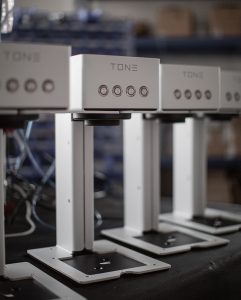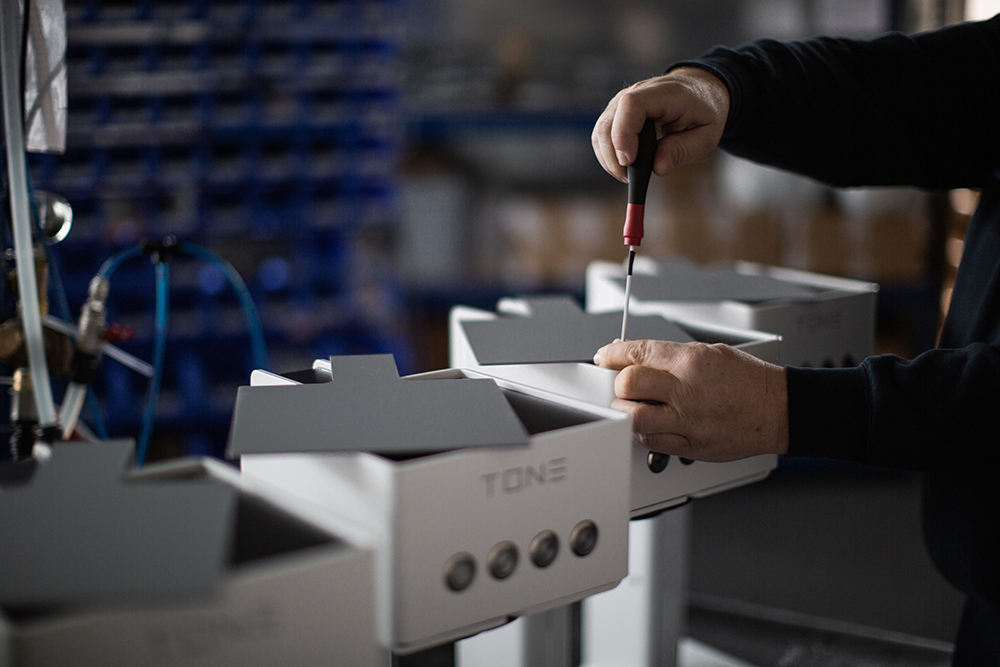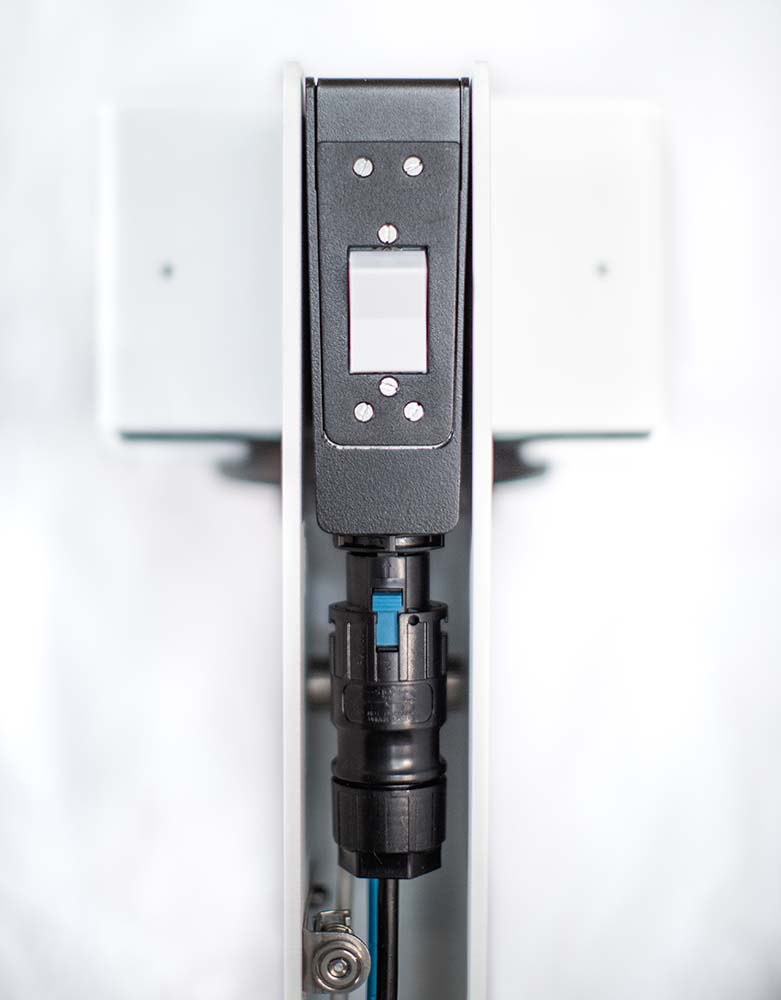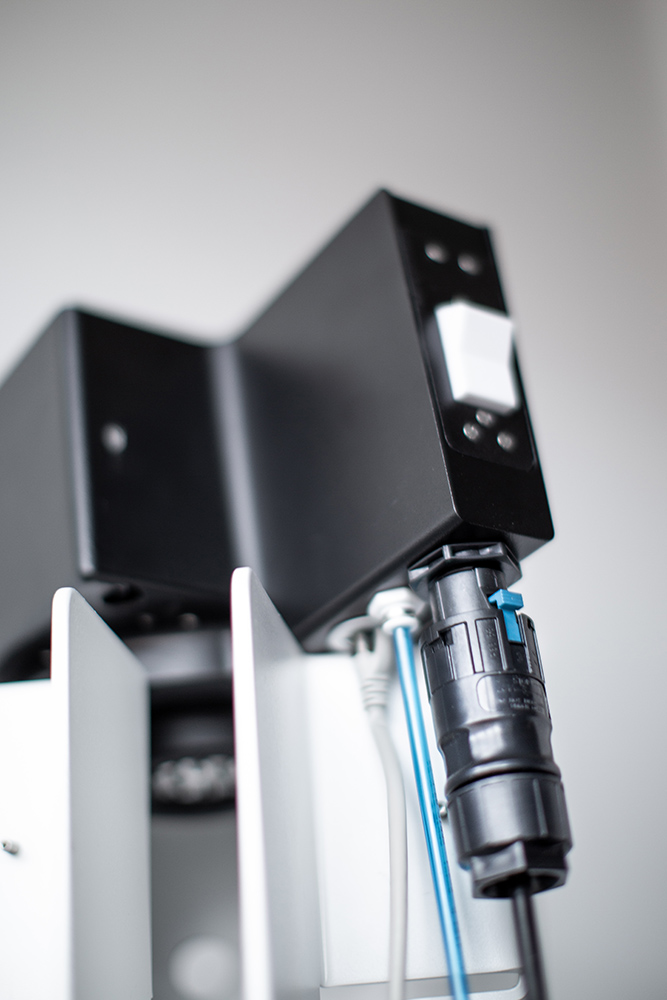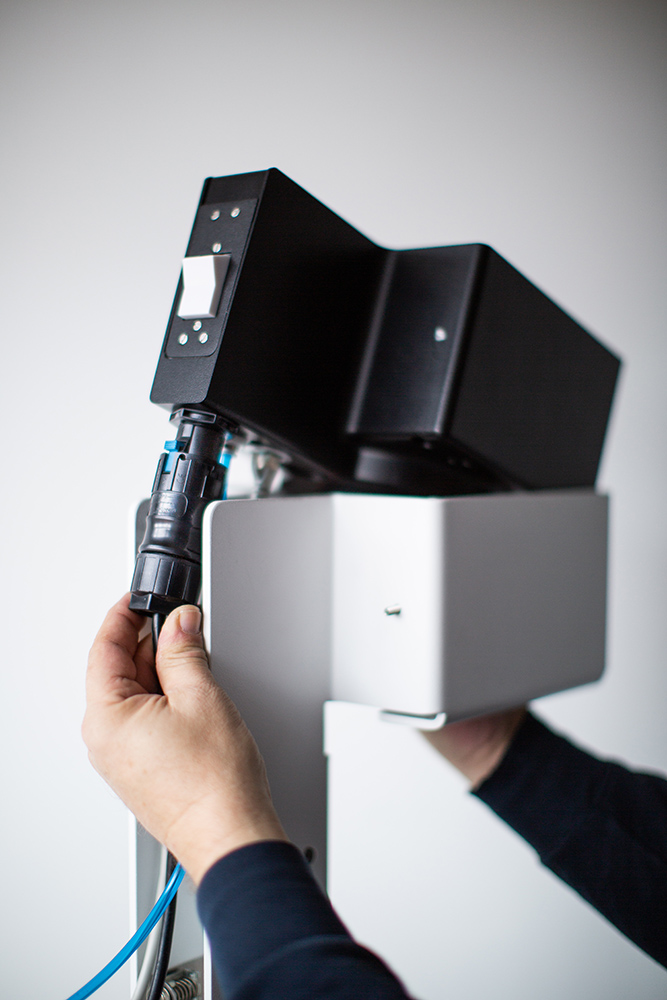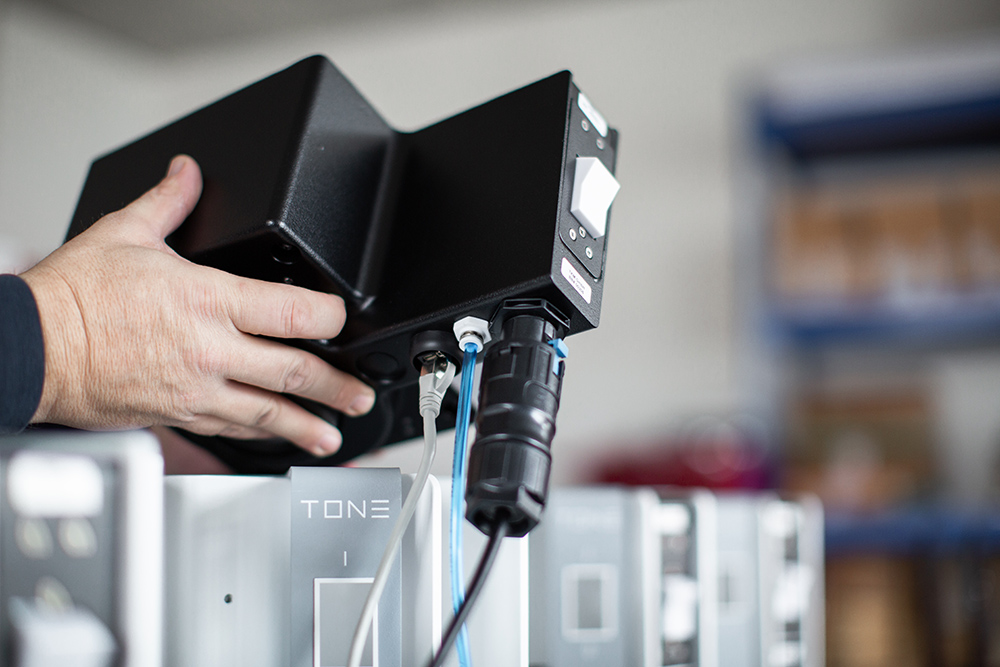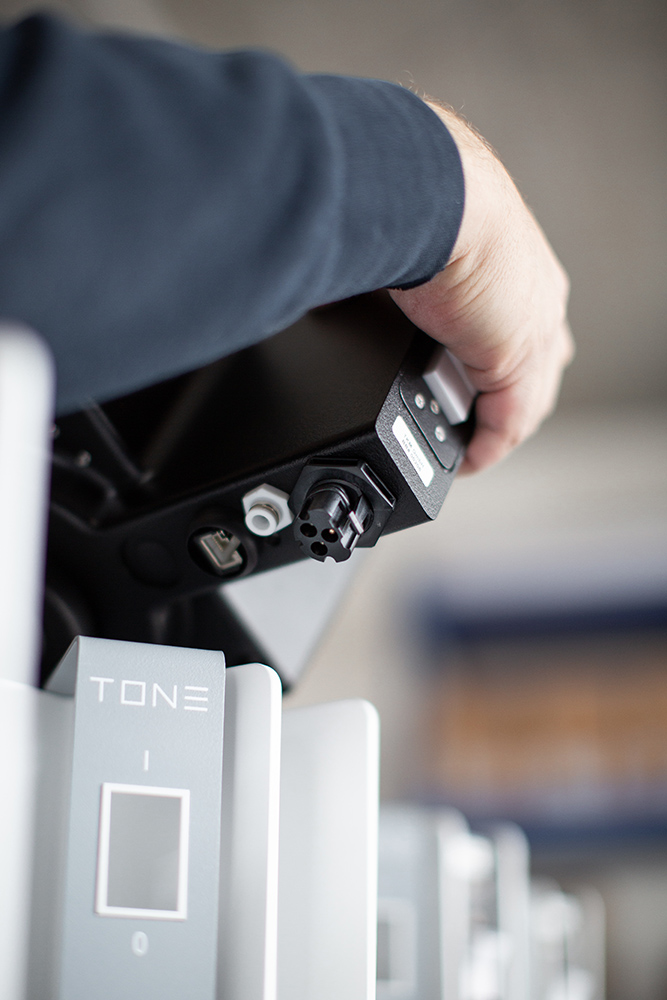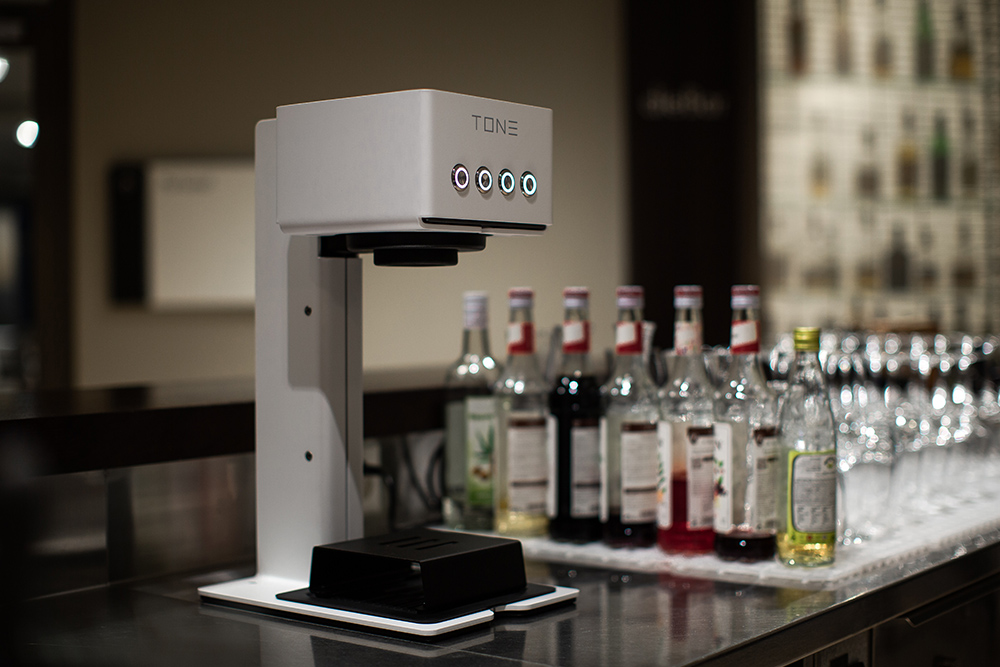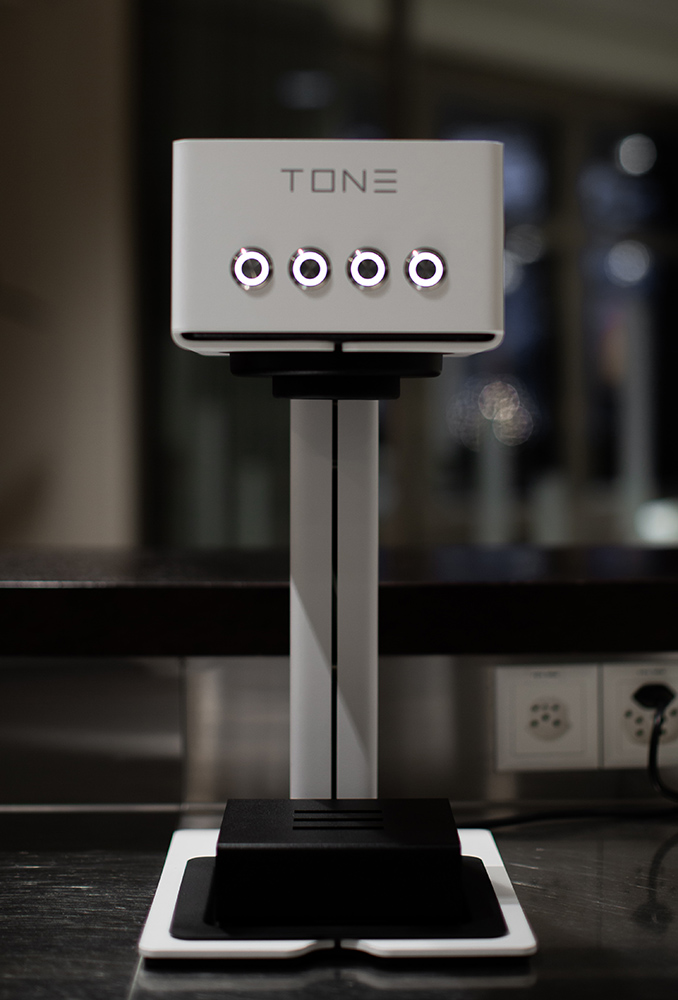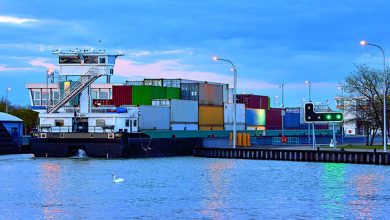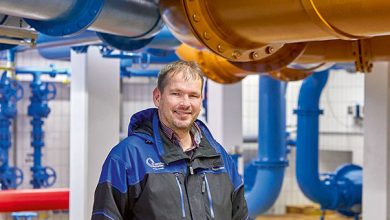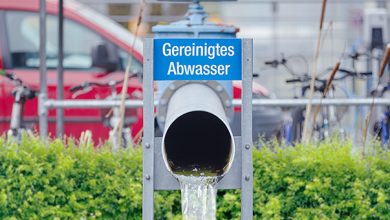When it comes to refining water, many think of hops, malt or distilleries. However, if you want to sharpen your senses rather than befuddle them, a drink made from the ground stone fruits of the Rubiaceae family comes to mind. The Thun coffee machines try to extract the maximum flavor and pleasure from the noble beans.
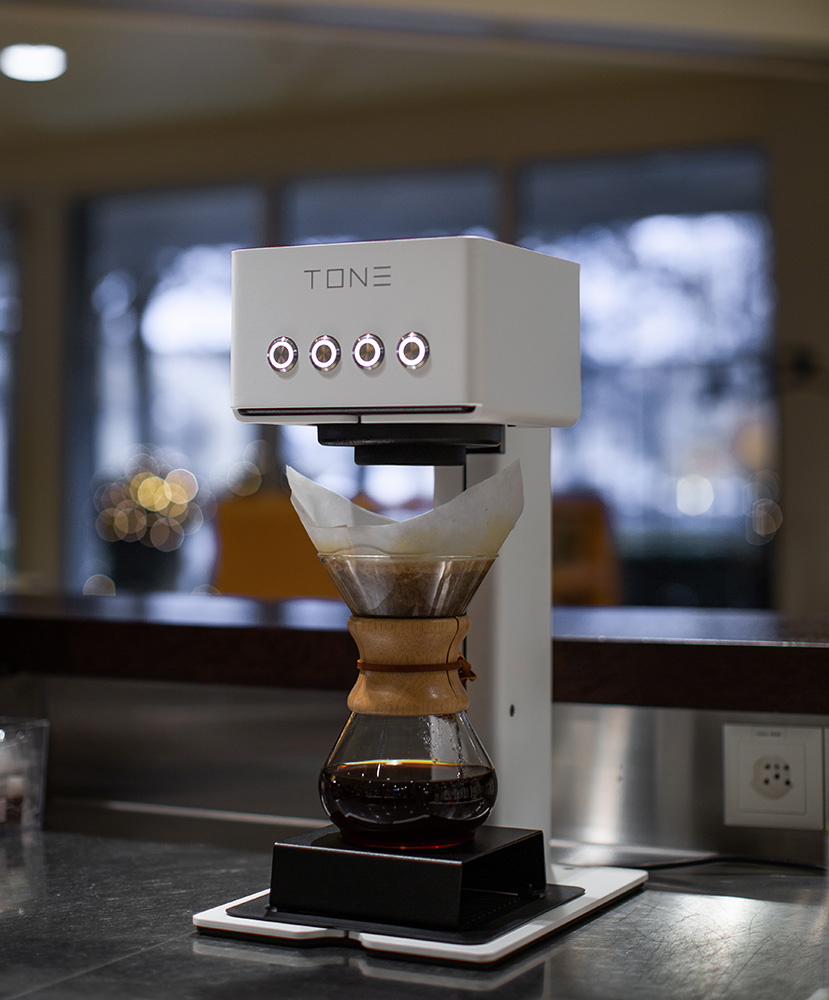
Coffee is farmed in more than 50 countries around the world. But it originated in southwestern Ethiopia, more precisely in the province of Kaffa. From there, in the 9th century, it started its triumphal procession, first through the Arab world, then with detours via the colonial powers across the globe.
There are regions of the world where the handling and enjoyment of the brown bean has become part of the cultural heritage, for example in Italy. And there are regions where a distant imitation of the once carefully harvested fruit tortures its way through the filters from the nozzles of cheap fully automatic machines.
In this respect, it seems tricky when a northern German, who should traditionally be closer to tea than coffee, interviews a Swiss with close ties to Italy on the subject of coffee. Especially since we’re not talking about the bean itself, but rather an extremely high-quality piece of equipment that is supposed to elicit a maximum of flavor from the fine fruit. Nevertheless, we took the plunge, because after all, the inner workings of the Thun coffee machines are garnished with a small but rather crucial technological tidbit from East Westphalia.
The roasting degree
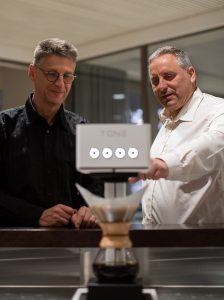
The first thing that interests us, of course, is how a Swiss engineer for laboratory technology and medical technology, who is close to espresso, comes up with the subject of filter coffee. After all, that’s exactly what the showpiece of the Thun coffee machines is: an automatic filter coffee machine. Markus Widmer has to laugh himself: “Of course, I too actually come from the camp of espresso drinkers. It’s almost a geographical thing. In southern Europe, Switzerland, Austria, and southern Germany, the coffee bean is roasted darker, ground finer, and then extracted a maximum of flavor by means of a little water and a lot of pressure. Around there, and this is almost global, coffee is usually roasted lighter, ground coarser and infused with more water without pressure to make filter coffee.”
It’s no wonder that Dr. Markus Silvan Widmer, who founded his own engineering office a good ten years ago (specializing in the automation of laboratory technology), initially had to deal with finely ground beans. Due to personal contacts with baristas, an unusual order came up: “Thomas Liebe, whom I have known for many years, is a barista. And coffee machine designer. He got an order from a German company to build a special coffee machine, something that didn’t exist yet. We then helped develop that and took a liking to it.”
We have digitized the production of excellent filter coffee.
Dr. Markus Widmer, TKM
This liaison has resulted in a beautiful semi-automatic hand lever machine, designed into the hand of the espresso lover. And whose technology was equally a milestone. Widmer explains: “In the vast majority of cases, the hot water required by a coffee machine is heated in boilers and kept at temperature there. Such machines give off more than 90 percent of the heat to their surroundings, and only 5 to 10 percent is used to make coffee. Surely this is no longer appropriate in the 21st century!” Dr. Widmer and his team have opted for an innovative continuous-flow heating system. This not only saves around 90 percent of the energy, but also allows radically different designs, because the bulky water boiler is missing.
This commissioned work gave rise to the idea of the Thuner Kaffeemaschinenfabrik (TKM). And the “Tone Touch 03” is the best filter coffee machine available. At least, that’s the assessment of numerous baristas worldwide, as Widmer assures us. “We have tried to simplify the entire coffee-making process with a digital interface. The basic settings are made on the PC, so we’ve achieved a very purist design.”
Temperture wizardry
The following is now addressed to people with a pleasure-oriented palate: “In the coffee industry, we know that the temperature of the water has an important influence on the taste. There are three phases into which one can divide the preparation. First, water is heated and added to the ground powder. In this blooming phase, the powder is moistened so that extraction-impeding gases can escape. The ground coffee soaks up water.
In the second phase, the extraction or pulse phase, one tries to extract as much of the coffee as possible. Then, at the end, comes the settling phase, where only a little water is added, along the vessel wall.”
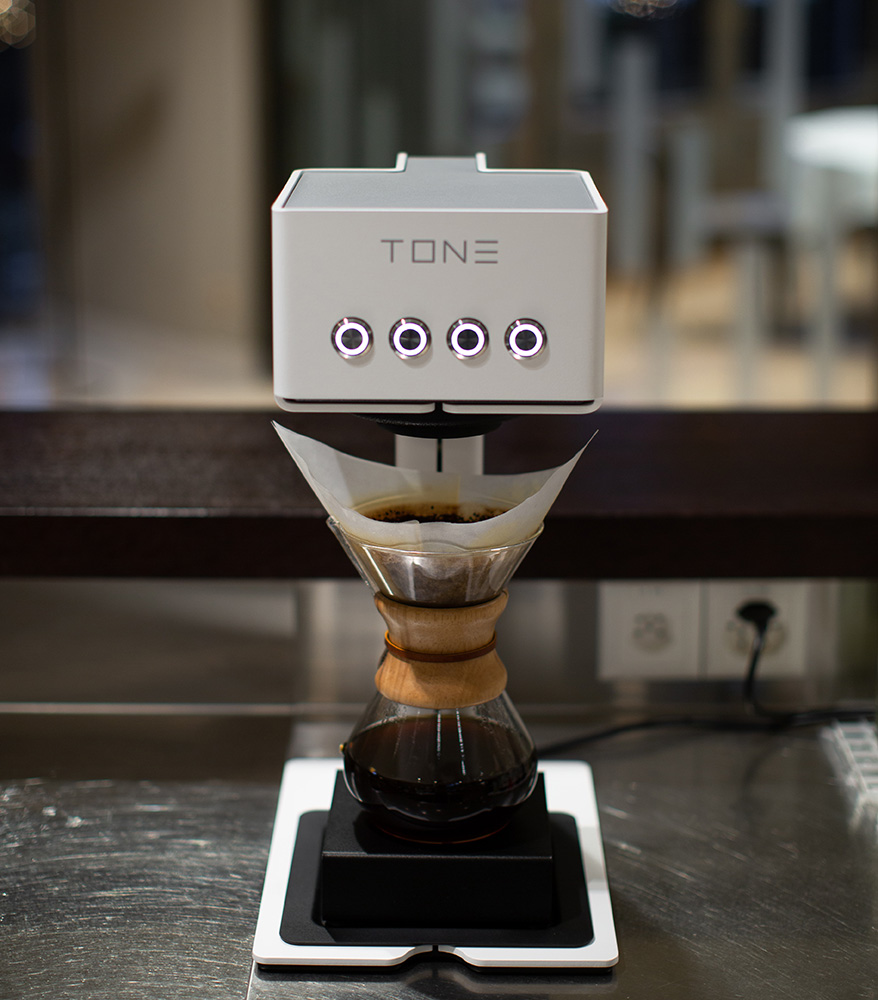
The astonished owner of a mundane fully automatic machine also learns that volume output and flow rate are important criteria. And listens further:
“The Tone Touch 03 works with different temperatures. One can start approximately the first phase with 88 degrees. The second is carried out with 90 and the third with 89 degrees. This can be set via the digital interface with a special PC program. The water is then distributed over the ground powder with a shower nozzle. Depending on the flow rate, this creates different turbulences in the coffee-water mixture, thus achieving different flavor characteristics.”
Plug for good taste
The elegant machines are assembled in a manufactory in Thun with care and a lot of manual work. And now Phoenix Contact comes into play: “We manufacture for professionals. It’s important to make service and maintenance as simple, uncomplicated and fast as possible. That’s why we came up with the idea of designing our complete brewing unit so compactly that it can be removed with the loosening of two screws, the water and power supply, and a plug-in system for the control system.”
Et voila: Here’s how the new PRC connectors to use, which connect the black box of the brewing unit to the power supply. Why this system? “We were looking for a solution that was as simple and robust as possible to satisfy the idea of serviceability. That’s where Phoenix Contact simply appealed to us best, both with the product and the advice on it.”
Who says that East Westphalian connection technology can’t also be a treat for the palate? The only problem: How do we get the office’s resident “quantity brewer” (that’s really the name of the murky device!) swapped for a Tone Touch 03 …
tone-swiss.com
Phoenix Contact PRC Steckverbinder
